Hi,
for Christmas I got some nice books and now I am reading first one which is called: 10 Physicists who transformed our understanding of reality. It seems that it is very good book and I am behind the first chapter which was about Galileo Galilei so I decided that I will write about him.
So Galileo Galilei is very famous astronomer but why? Because of Galilean moons, yes that is right and also because of his first telescope and probably even because of his conflict with church.
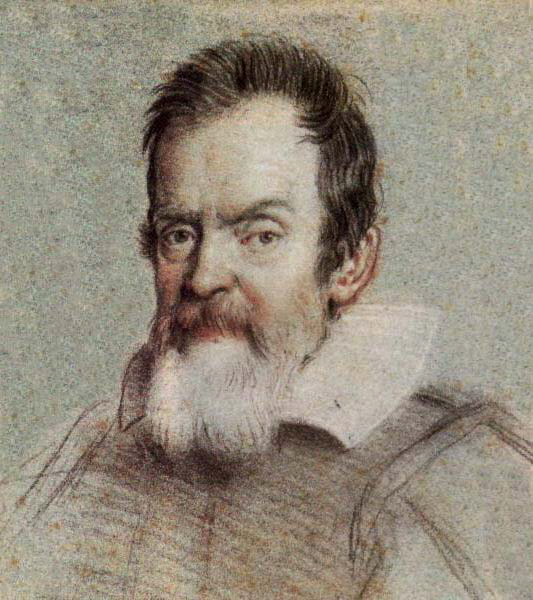 Galileo was born 15.2.1564.
Galileo was born 15.2.1564.
It was time when most people thought that everything is made up of four elements and the fifth, quintessence was present in the sky. Not many people questioned those ideas. Lot of stuff was based only on thinking because it was thought that sense was easily fooled in experiment.
Galileo was born in Pisa to his father who was lute player. First he wanted to be priest but father rather wanted him to become a doctor.
Galileo had private teacher as did other mid class kids and soon he discovered that he was more curious about science than in priesthood.
He started to visit university in Pisa when he was seventeen.
There are some stories about his curiosity for all the things around, like throwing stuff from the Pisa tower or watching how pendulums swing.
For example he soon discovered that it is not true that bigger things will hit the ground first like Aristotle thought.
He left the university because his biggest concern clearly was not medicine but rather mathematics. He took some courses to become professor.
In 1595 he started to investigate the problem with tides. Nobody was able to explain them properly before because they were such a strange event, high and low tide twice a day.. geocentric model which was the only one recognized back then was not able to explain it.
This seems to be the first time that Galileo started to think about the heliocentric model first proposed by Copernicus.
Galileo wrote Kepler when he read his pro-heliocentric book. They were writing letters to each other for some time when Kepler told him that he should try to investigate stellar parallax[1].
Galileo finally did not even try because he thought that there are already people, who tried hard enough so he would not be able to measure it. It was measured for the first time in the year of 1838.
Instead of investigating stellar parallax he returned to pendulums and started to make experiments about their swing. It seemed like paradox that no matter the angle of the swing the swing will always take the same time. This was about when he discovered the first law of motion and inertia.
In geocentric model it is thought that Earth is the middle of Universe with everything rotating around it in some kind of shells. The sky is unchangeable so everything that changes must be in sub-lunary sphere[2].
It was October 1604 when supernova was seen from Earth. Galileo thought it is new star but he “knew” that the sky can not be changed so it hat do be in atmosphere where he would clearly see that parallax which I mentioned earlier.
Galileo measured its position on few places in Europe and it did not change, so clearly this model of world was wrong.
After this he constructed his best telescope with magnification of 20x. First of all he found out that the surface of Moon is not smooth as it was thought. Then finally he started to watch Jupiter.
First of all he saw three star like object around it. He thought that those are just normal stars but few days later one of them disappeared and another was visible. This was how he found Galilean moons.
It was another breakthrough since before it was thought that everything has to be orbiting Earth.
Another thing that ensured him of heliocentric model was Venus. He found out that Evening Star also goes through the cycle of “new moon” and “full moon” as Moon does. This was not possible if Venus should be orbiting Earth and at the same time rise as evening and morning star. Also he found out that when Venus is going to be in full moon it is also smaller than in new moon (it is farther away!).
The problem with these revolutionary ideas was that it was clear that church wont like to hear it.
First he only said it to Kepler but than he wrote some books.
Galileo was deeply religious man so he did not want to discredit church but rather show that there were some “small” mistakes.
Galileo thought that when he will show both sides of argument it will be perfectly fine but finally church called him for trial in Rome.
The final sentence was to put him under home arrest and that he will have to rewrite the offensive parts of the book.
I read that there is myth that when they said that he was to be at home arrest he said: “And yet it moves. (the Earth)” but as they stated in the book, he was not stupid to mutter such a thing and there is no evidence for it.
He died in January 8th 1642.
Galileo clearly was really great mind who not only explained perfectly heliocentric model but also showed the ways modern science works.
Dragallur
Galileo Galilei picture.
[1]Stellar parallax is something you see everyday and it has to do with the position of the things around you. When you are driving car the stuff close to you is moving faster than the stuff which is far away from you. It is called stellar because of the different parallax when you are looking from various point on the orbit of Earth.
[2]Sub-lunary sphere is what lies under the orbit of Moon. It is changeable while supra-lunary sphere is what is above the Moon’s orbit. It is regular and it can not be changed.



 Galileo was born 15.2.1564.
Galileo was born 15.2.1564. you can see behing the mathematician Ron Graham who invented this number about which I will talk in a while. So those points can not be connected by single color the thing is that when you increase the dimension it is little harder (you already now everything about dimensions if you read my
you can see behing the mathematician Ron Graham who invented this number about which I will talk in a while. So those points can not be connected by single color the thing is that when you increase the dimension it is little harder (you already now everything about dimensions if you read my  When you have 3rd dimension as you can see on the right there are 8 vertices.
When you have 3rd dimension as you can see on the right there are 8 vertices.


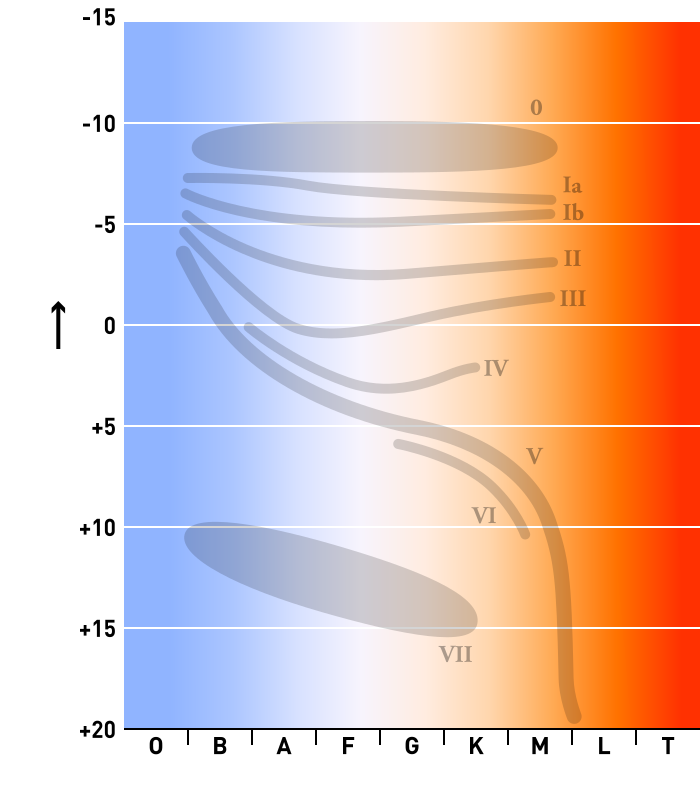 what you can see on the picture is extremely cool (hot actually) even that you don´t know it yet. It is called Hertzsprung-Russell diagram and I will try to explain it with the rest of Stellar classification.
what you can see on the picture is extremely cool (hot actually) even that you don´t know it yet. It is called Hertzsprung-Russell diagram and I will try to explain it with the rest of Stellar classification.


 everything begun, The Sun!
everything begun, The Sun! thinking that Jupiter is big. It is 1.4 million kilometers across with mass 333,000 of Earths.
thinking that Jupiter is big. It is 1.4 million kilometers across with mass 333,000 of Earths. other throwing lot of stuff into space and some electromagnetic radiation (first picture).
other throwing lot of stuff into space and some electromagnetic radiation (first picture).
 Venus from our point of view, otherwise he could look like ordinary star.
Venus from our point of view, otherwise he could look like ordinary star.
 mission.
mission.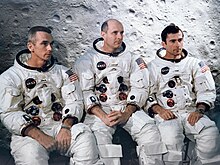 PM. Members of crew were three of course: from left to right Cernan, Stafford and Young.
PM. Members of crew were three of course: from left to right Cernan, Stafford and Young.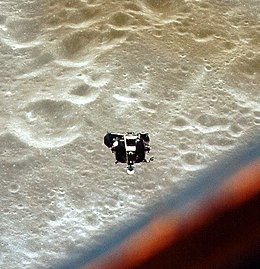 only Young on the board of “Mothership” while Stafford and Cernan achieved the distance from surface of 15.6 km.
only Young on the board of “Mothership” while Stafford and Cernan achieved the distance from surface of 15.6 km.
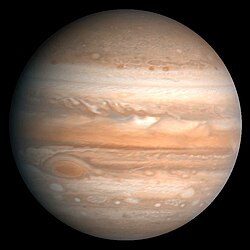 Zeus in Greece mythology.
Zeus in Greece mythology.